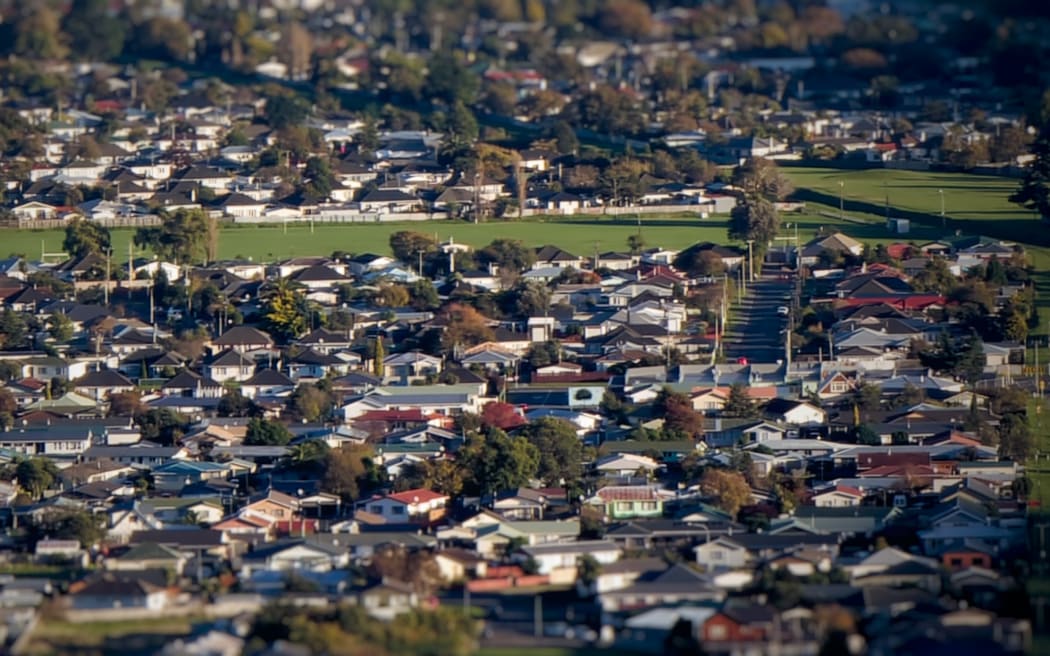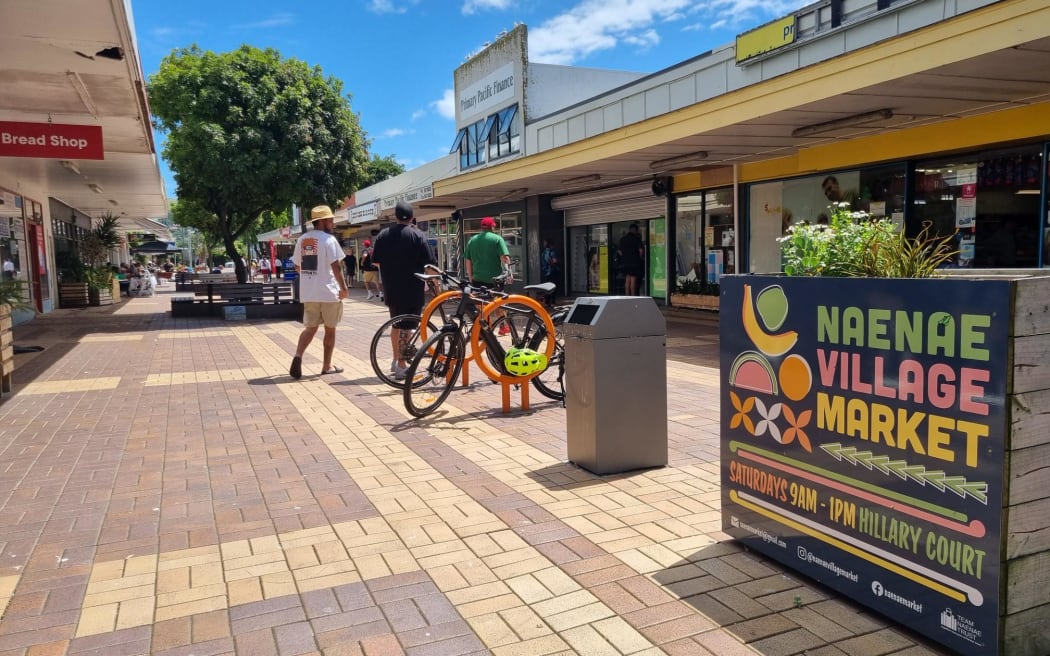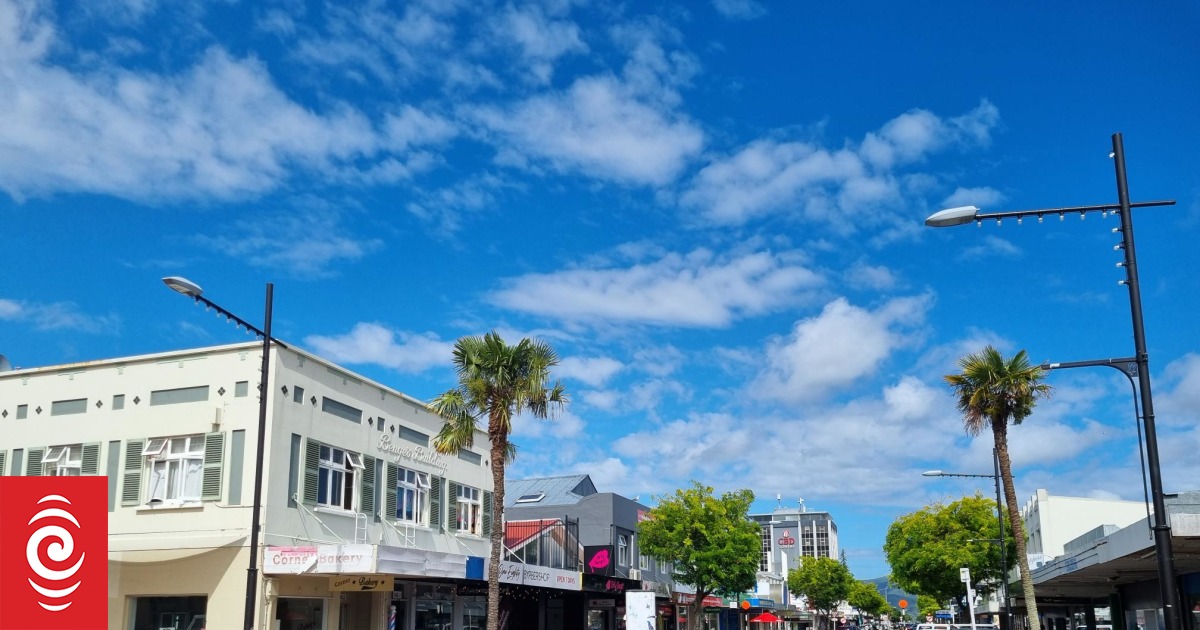Upper Hutt.
Photo: RNZ / Soumya Bhamidipati
By David Cohen*
Opinion – Prime Minister Chris Hipkins, in case you haven’t received the media alert, is a Hutt boy. A “genuine” Hutt boy, if you please.
A random computer search throws up 7000 results for this apparently remarkable biographical fact.
But what does it actually mean? Commentators have not perished for lack of trying to put a finger on it.
Even Hipkins seems to have struggled a bit to find the right words at times, praising the Hutt a little vaguely for having “a wide range of cultures, ethnicities and families with a wide variety of economic means”. Hmm.
Leaving wide-ranging families aside though, it’s certainly true that the country’s 41st premier is the first to have been born and raised in the flat suburban expanse north of the capital.
Nor is there much doubt that the Hutt Valley is a bit rough around the edges – what in the days before identity politics used to be called working class.
Although not exclusively so. Some of Greater Wellington’s most expensive swathes of real estate are to be found in Hipkins’ own stomping ground of Upper Hutt, particularly near the local golf course in Heretaunga.
The Hutt Valley also has something of a reputation for dullness. Sir William Hutt, the British parliamentarian after which it’s named, got the ball rolling in this regard. The whiskery old colonialist thought his namesake town sounded so dull he couldn’t even rouse himself to visit it.
If the original Hutt had spent time in the place – perhaps if more commentators did as well – he might have got a surprise.
Far from being a citadel of dullness, the Hutt Valley is really a bit of a dark diamond, something this writer was reminded of some years ago while researching a book having to do with it.
For one thing, as the origins of its name suggests, the Hutt shimmers with colonial history. It was in Petone, for instance, that Honiana Te Puni, a Te Āti Awa chief, and others signed off on the colonial purchase of the land around Wellington.

Wainuiomata.
Photo: Supplied/ Dan Bailey
Epuni (as he was universally known, and from where the namesake suburb also gets its name) and his nephew, Wharepōuri, welcomed traders from the New Zealand Company on board the Tory. They assured the newcomers they could do business together, enjoining other Māori to follow suit; a strikingly benevolent attitude, all things considered.
In subsequent decades the Hutt morphed into one of the country’s major centres for producing fruit and vegetables, an activity helped by one of the Hutt’s other national roles as a less-pricey gateway into the country for new migrants.
Here, according to one frothy account, grateful tradesmen delivered their goods by horse-drawn carts and Chinese greengrocers, replete with pigtails, were to be seen with his baskets balanced on a pole across his shoulders. Here the children knew where all the birds’ nests were, who grew the tastiest tomatoes, walnuts and fruit, and, one writer marvelled, “the settlers were good-hearted and industrious citizens”.
Casting a historical eye a little further up the railway track and there’s Naenae, a permanent crime scene in some people’s minds, largely on account of an inarguably squalid-looking shopping centre that looks like it has been dragged through a hedge backwards.

Naenae.
Photo: RNZ / Soumya Bhamidipati
In its day, though, Naenae was the country’s original “designer community”, a painstakingly planned model suburb and shopping centre that government planners in the late 1940s believed could yet become one of New Zealand’s leading commercial centres. The plan was for it to be serviced by a system of river boats chugging along the waterways of the Hutt River.
Traces of that optimistic first flush still remain. One of New Zealand’s best dedicated gyms, the Naenae Boxing Academy- established by ex-Australasian welterweight champ turned motivational speaker Billy Graham – does a brisk business there, especially among the young and restless.
And Naenae, like nearby Taita, Pōmare and Stokes Valley, offers a powerful history lesson as well, particularly for contemporary Labour leaders who have been unable to deliver on social housing. It’s here on the floodplain of the Hutt where the largest state-housing project ever undertaken in New Zealand’s history was completed.
Speaking of which – history, that is – this is also where the great moral panic over sexual delinquency in the 1950s first began.
The same suburbs boast a lion’s share of the region’s best kids’ playgrounds, oldest churches and picturesque walkways. Most notably is Trentham Memorial Park, with its ancient trees and delicate greensward. The park itself is a bit of a study in quintessentially Hutt contrasts, sandwiched as it is between the stunningly pretty architecture of Barton Rd and the rough-as-guts gang pads to the immediate north.
All of which is well known to most locals. It’s a pity more outsiders, including those looking to explain the new premier, haven’t got out more often to see it for themselves.
* David Cohen is a genuine Hutt-born journalist and author.





















Discussion about this post